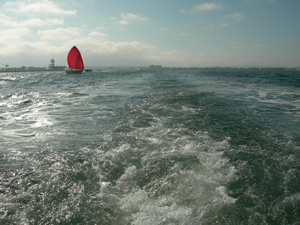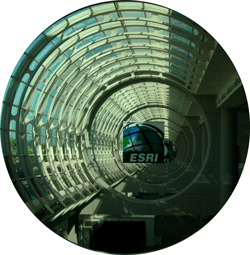I’ve always thought of public transit as the best way to experience a city. If my first bus ride says anything about San Diego then I’m in luck!
Scenario: Old Man embarks ahead of me and hands Bus Driver a surprise BiG mAc lunch! Taken aback by this seemingly random act of pure loving kindness, Old Lady, with large smile and a “God Bless You”, hands Old Man a pack of Bits ‘n Bites. Proof that doing good and can only bring you more good (ie. pack of bits ‘n bites). This may have been the nicest thing I’ve ever seen anyone do for a bus driver!
An hour later and I’ve made it to the Island of Coronado where I’m staying. My heart jumps a little when I get to the motel…First Room hasn’t been cleaned (and is in a state of uncleanliness beyond what you would imagine possible from “normal use”). I ask for another room and get upgraded to Second Room. With a desk! I’m much happier and now capable of setting out into San Diego.
To get to San Diego you have to take a ferry…and this is a major bonus! 15mins to downtown. On the ocean. In the sun.

Downtown is an eerie ghost town on a Sunday Afternoon, but the Convention Center is full of fellow GISers (we’re a mixed bag of geeks), and ESRI’s many flags are flying proudly.

Now I’ve got my name tag and tote bag, and I’m off to find a burrito and then my way back to the motel to look through my goodie bag…until tomorrow…


